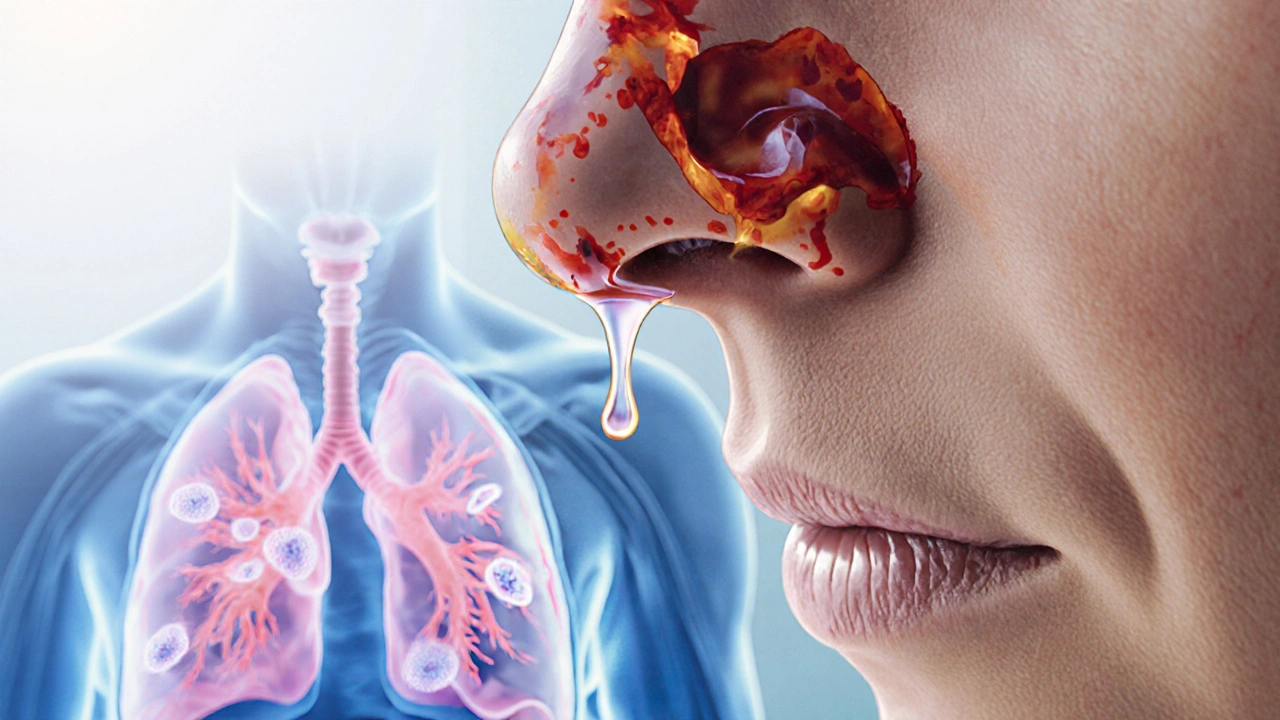When dealing with pneumonia, an inflammation of the lung tissue usually caused by infection. Also known as lung infection, it can affect anyone but poses higher risks for certain groups. The condition shows up as cough, fever, and shortness of breath, but the exact picture depends on what’s driving it. Young children, older adults, and people with chronic illnesses often experience more severe bouts because their bodies struggle to clear the invading germs.
Most cases fall into two buckets: bacterial pneumonia and viral pneumonia. Bacterial forms, like those caused by Streptococcus pneumoniae, typically respond well to antibiotics. Viral types, such as flu‑related pneumonia, may need antiviral meds or simply supportive care. Speaking of treatment, the first line of defense against bacterial pneumonia is antibiotics, drugs that kill or stop the growth of bacteria. Choosing the right agent depends on the suspected bug, patient allergies, and local resistance patterns. For viral cases, vaccination, preventive shots that train the immune system plays a crucial role in reducing both incidence and severity.
Diagnosing pneumonia often starts with a physical exam, but imaging seals the deal. A chest X‑ray, a quick, low‑dose radiograph that shows lung infiltrates can distinguish between bacterial and viral patterns, reveal fluid buildup, and help rule out other lung problems. In unclear cases, doctors may order a CT scan or sputum cultures to pinpoint the pathogen. Early, accurate diagnosis shortens recovery time and lowers the chance of complications like pleural effusion or sepsis.
Beyond meds, lifestyle and preventive measures shave a big chunk off pneumonia risk. Smoking, chronic heart or lung disease, and weakened immunity all raise the odds of infection. Quitting tobacco, managing diabetes, and staying active boost the body’s natural defenses. Seasonal flu shots and the pneumococcal vaccine are proven tools; they slash hospital admissions for pneumonia by up to 50 % in high‑risk groups. Proper hand hygiene and avoiding close contact with sick individuals also help keep germs at bay.
When pneumonia strikes, treatment goals are clear: eradicate the pathogen, relieve symptoms, and prevent complications. For bacterial cases, a typical course of antibiotics lasts 5‑7 days, though doctors may extend it for severe infections or resistant strains. Supportive care includes oxygen therapy, fluids, and fever reducers. Hospitalization becomes necessary if breathing becomes difficult, blood pressure drops, or the patient can’t keep down medication.
Recovery isn’t always instant. Even after the infection clears, lingering fatigue and reduced lung capacity can linger for weeks. Pulmonary rehabilitation—gradual breathing exercises, light aerobic activity, and chest physiotherapy—helps restore function faster. Patients should also schedule follow‑up chest X‑rays to confirm that the infection has fully resolved.
Understanding pneumonia from cause to cure gives you a solid footing to navigate the medical advice you’ll encounter. Below, you’ll find a curated set of articles covering everything from drug comparisons and safe online purchases to managing chronic conditions that intersect with pneumonia risk. Dive in for practical tips you can act on right away.

Learn how sinus infections can lead to pneumonia, spot overlapping symptoms, and discover prevention and treatment tips to protect your respiratory health.